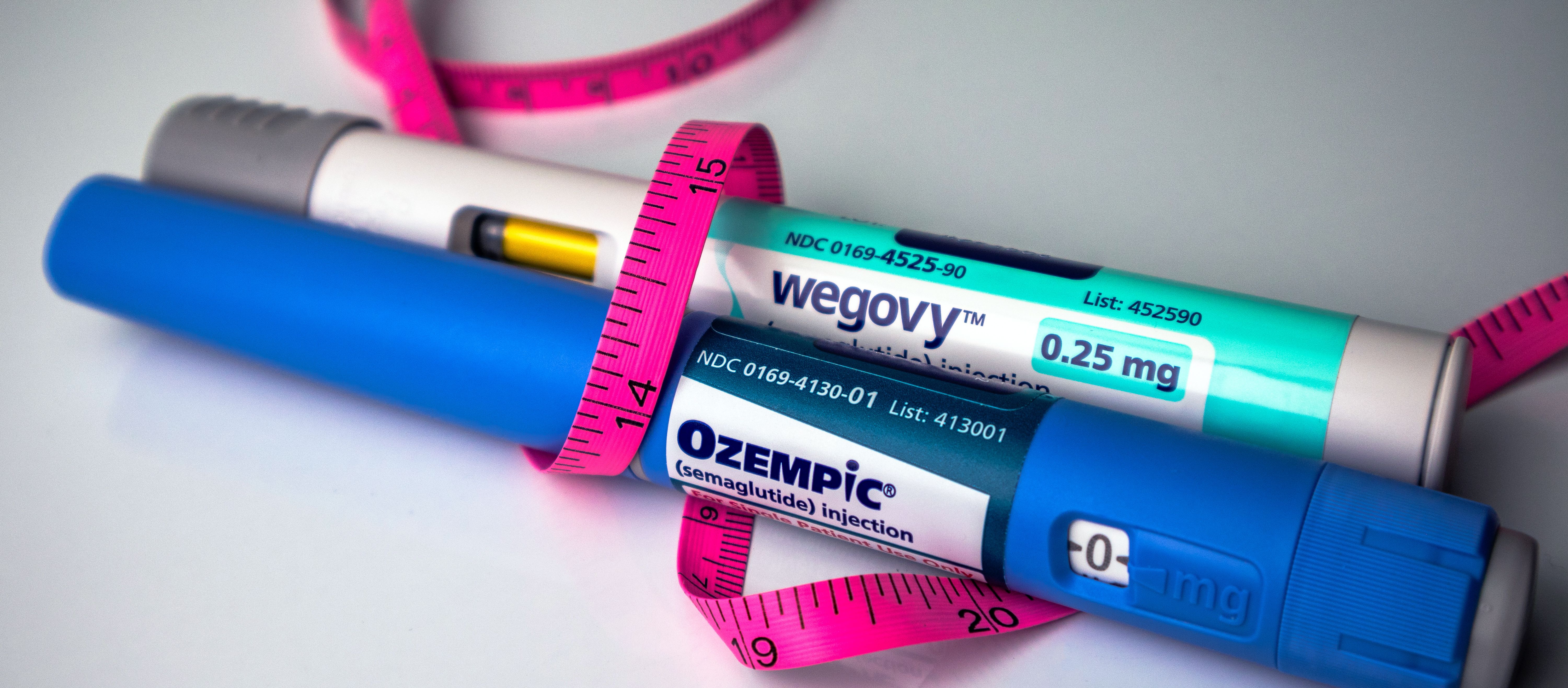Article
Virtual Glucose Management Helped Improve Glycemic Control in Hospitalized Patients
Author(s):
A new study published in Annals of Internal Medicine has observed encouraging results from a program that implemented a virtual glucose management system for hospital inpatients.
A new study published in Annals of Internal Medicine has observed encouraging results from a program that implemented a virtual glucose management system for hospital inpatients.
Imbalances in glucose levels are a common and serious problem for adults in inpatient care, but specialized team interventions during the hospital stay may not be feasible due to the time and resources required. A new strategy made possible through electronic medical records is the use of a virtual glucose management service (vGMS). This service allows specialists to remotely view a patient’s daily glucose charts and enter a diabetes management note within the record.
In this study, the service was tested on inpatients in 3 acute care hospitals within the University of California, San Francisco system. Data on glycemic control was collected during 3 intervals—pre-vGMS, transition, and vGMS—that each lasted 1 year. The transition period began when the vGMS was implemented in June 2013. The primary outcomes were the proportion of patient-days classified as hyperglycemic, at-goal, and hypoglycemic, while the secondary outcome was patient-day mean glucose level.
The researchers found that the mean glucose level did in fact decrease from baseline pre-vGMS levels during both the transition and vGMS periods. The proportion of patients who were hyperglycemic (defined as ≥225 mg/dL) per day decreased slightly during the pre-vGMS period, then declined more steeply during the 2 later periods. Overall, the proportion of hyperglycemic patients daily dropped from 6.6 per 100 patients in the pre-vGMS period to 4.0 per 100 in the vGMS period, representing a 39% decrease. After adjusting for patient race and hospital service, the hyperglycemia rate decreased by 30% between the first and last study periods.
Positive trends were also observed in the proportion of patient-days at-goal, which increased from baseline throughout the transition and vGMS periods. Hypoglycemia was relatively rare in all study periods, but it decreased by 36% from the pre-vGMS period to the vGMS period. During the pre-vGMS period, there were 40 severe hypoglycemic events, while there were only 15 such events during the vGMS period.
The researchers attributed these improvements to the simplicity of automated hyperglycemia detection, which allowed “accurate screening of those who may benefit from additional oversight of insulin prescribing without requiring a formal consultation or extensive chart review.” Interviews with the clinicians in the hospital revealed that receiving vGMS notes from the off-site specialist spurred them to manage their insulin orders more carefully to avoid receiving a note that indicated poor glycemic control.
The study noted that tools like vGMS could have significant financial implications for healthcare systems, especially amid the trend away from fee-for-service towards bundled care. In a bundled payment model “without additional payment for time-consuming in-person consultations, virtual consultations may result in significant cost savings.”
According to the study authors, the service’s success was made possible by their healthcare system’s “well-established infrastructure that included a long-standing inpatient diabetes
committee establishing policies and procedures for all aspects of inpatient diabetes management; mandatory use of standard order sets; and well-trained and motivated medical, nursing, and pharmacy staff.”
Still, the vGMS study provides an example of a successful program that leverages new technologies to maximize existing resources and ultimately improve patient outcomes. The authors concluded that an inpatient vGMS “is a potentially scalable model that harnesses automated glucose screening and expedited clinical review to enhance the management of patients with diabetes.”
Newsletter
Stay ahead of policy, cost, and value—subscribe to AJMC for expert insights at the intersection of clinical care and health economics.





